For many coffee amateurs or semi-professionals, coffee roasting is an element that you don’t often get exposed to, let alone have someone walk you through it from start to finish. We are often confronted with terms such as “Scandinavian roasts”, “Italian roasts”, “light roasts” and “blends” but what do they really mean? How do you get a “Scandinavian roast”? How does it differ in taste from an “Italian roast”? What’s the idea behind a blend?
To answer those and many other questions I teamed up with the lovely people from Sweet Cup – Paul, Lisa and giant walking sausage Sjeff – to organize a fun evening workshop where we would shed some light on the whole mysterium of roasting coffee and most importantly, roasting it well.
It was truly great to once again welcome so many interested people who all share a love for great coffee. Some faces I had seen before but most were brand new. After a little introduction, Paul took over the show and taught us some hugely valuable lessons about his profession.
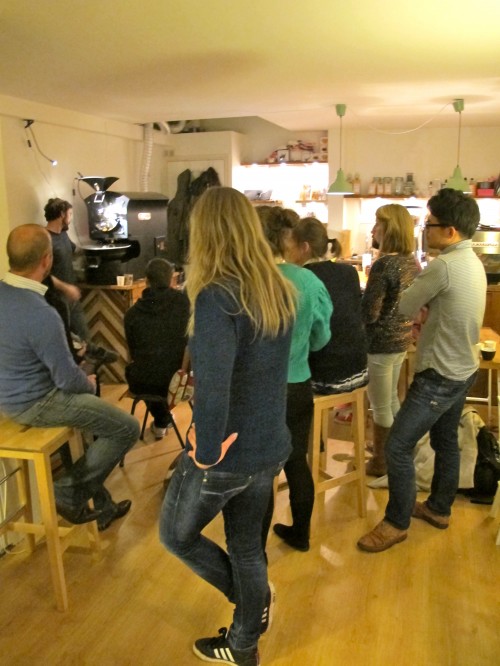
At first, everyone got to inspect green beans, something you don’t often come across unless you’re actually visiting a coffee roaster. Everyone keenly dipped their hands into the coffee bags and had a little smell. “Often you can already anticipate what kind of coffee you will get, just from smelling and looking at the green beans. You develop quite a good sense for it but it takes time,” Paul told us. He also pointed out that it was our dear friend Illy who first came up with the idea of packing coffee in plastic bags rather than paper since the green beans easily adopt the smell and taste of paper, something you definitely don’t want. Who wants liquid cardboard? Not me!
I really loved how everyone was really involved in the workshop, how they asked questions, told stories about their own experiences and keenly sampled every coffee that Lisa had been preparing in the background. In total we tasted 2 Brazilian coffees and 3 Colombian coffees. Each coffee had a different roasting profile and the task was for our guests to find out what the differences were. Not an easy thing to do for an untrained pallate. It was fascinating to hear how the verdicts differed.
Paul went on to pre-heat the roaster and then threw in a bowl of Rwandan coffee that he had been using for the demonstration. Throughout the roasting process he kept getting out samples for everyone to see how the beans were changing. We went from green bean to almost burned black bean and at each stage we were allowed to see and smell the transformation. Paul knowledgeably explained how at first the beans start losing their moisture and start smelling a bit like vinegar. Once the sugars start coming out the beans turn dark as the sugars caramelize before they crack and release their oils. We went on past the second crack to highlight how roasting them for too long can completely ruin a good product and I was greatly reminded of the dark oily beans they serve at Starbucks. Just as our demo beans were one breath away from turning into little nuggets of charkcoal, Paul released them from their drum and onto the cooling fan.
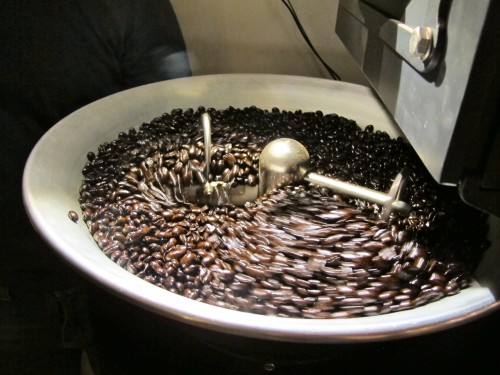
The smell was quite intense and rather horrible. I was quick to point out that “this was the kind of coffee you wouldn’t even offer to your ancient grand mother”. Oh hell no!
After the roasting had finished and everyone had seen and smelled about 20 samples from various stages in the roasting process, we continued with a lively discussion on the biology of the plant as well as the local coffee culture in Amsterdam. I particularly liked Lisa’s statement on why many Dutch people still think great coffee is a snobbish thing to do. She said: “In Holland, and I am from here, we often consider things like coffee to be a really posh thing to consume. It’s something that you consume because you do or have to, but not because you want to enjoy it. A bit like food really. For lunch we often eat a slice of bread with a slice of cheese. Anything above that is already really posh. For coffee it’s the same. I think it’s a national attitude to things like coffee that are making us settle for mediocre products but I am happy to say it’s changing.” Indeed it is because otherwise people like her and Paul wouldn’t have a business.
I am very pleased with the outcome of this workshop as I believe everyone really learned something useful and is now able to look at each coffee with slightly more critical and trained eyes. As always, I also learned a lot and I think even Sjeff learned something about coffee. He was definitely feeling very comfy in between all those legs.
Thank you to our great hosts and to everyone who came. Your continuous support means the world to me!
Read my review of Sweet Cup here.
Sorry, the quality of the photos is not that great.
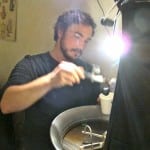
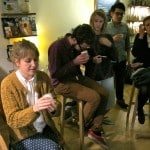
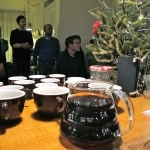
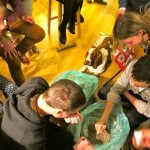

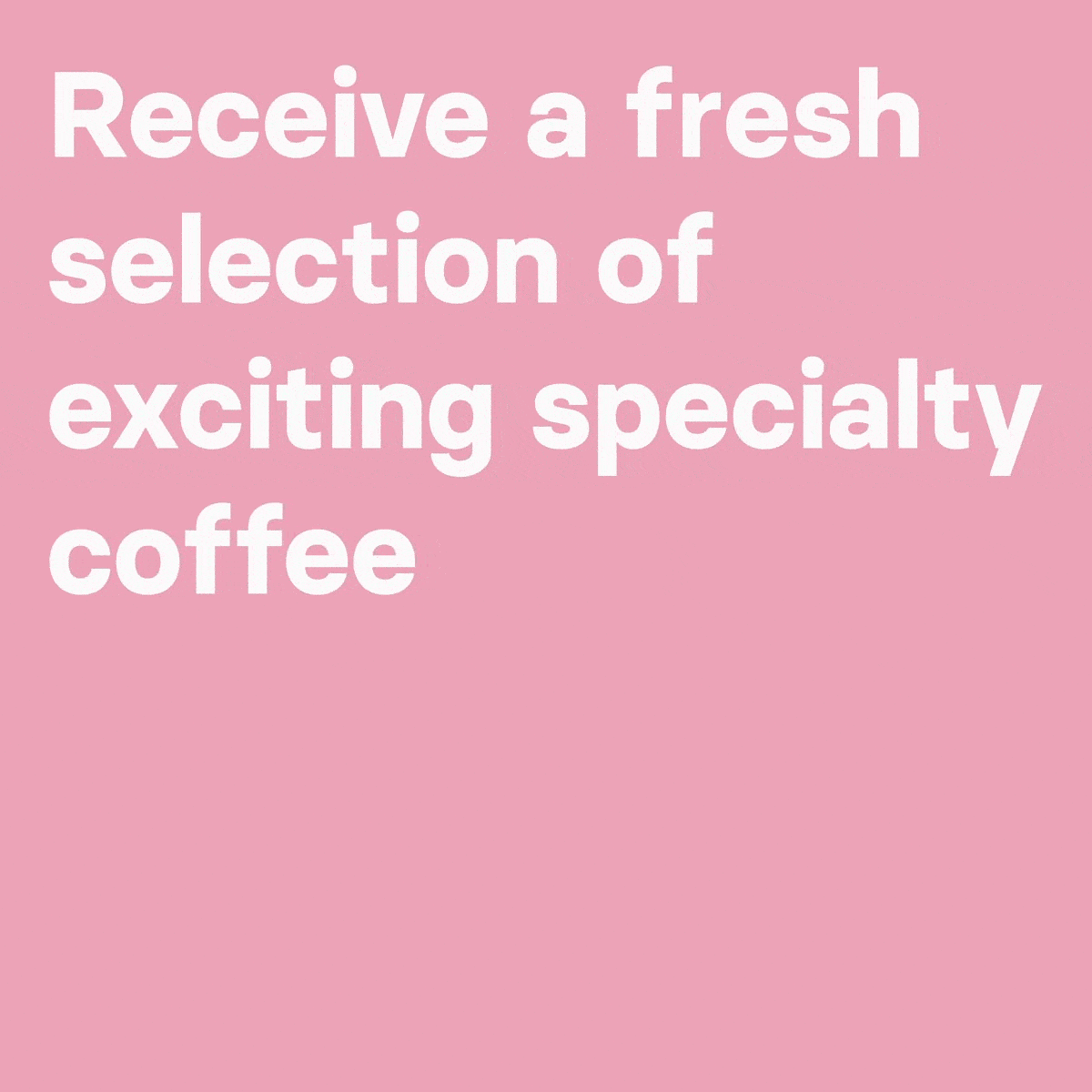









Reblogged this on JaB's Coffee Adventures and commented:
When in Amsterdam… why not roast some?